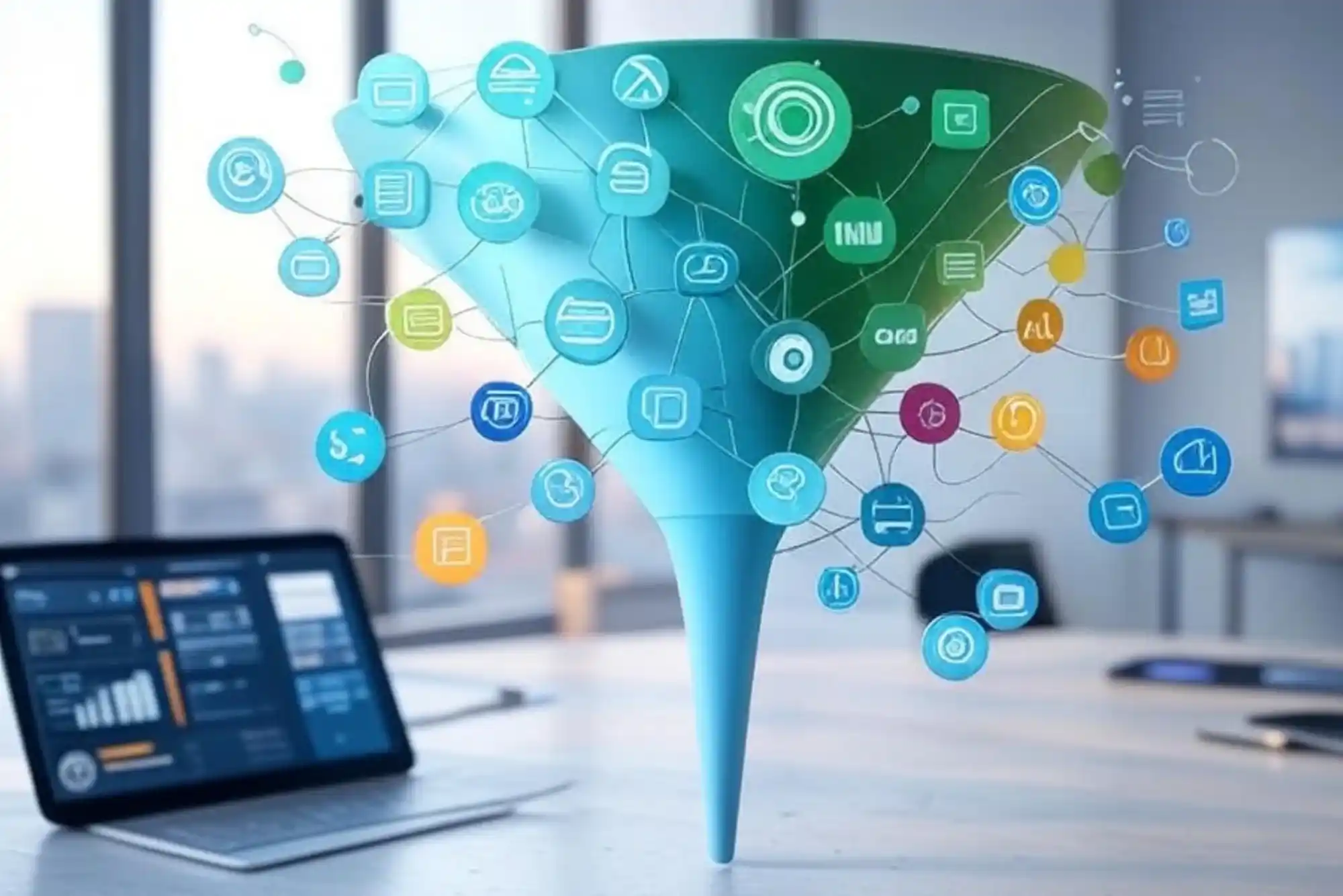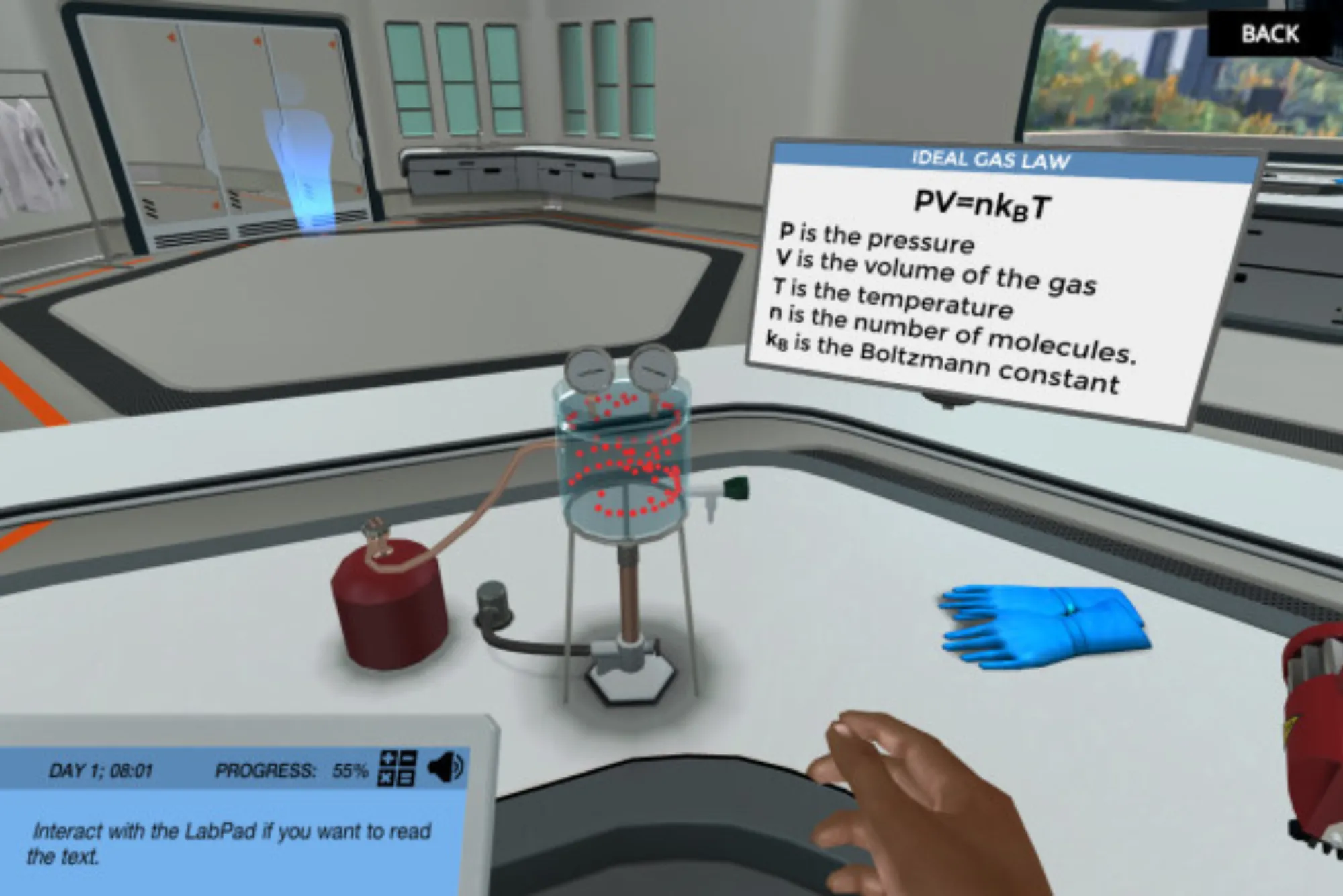At present, this dizzying proliferation in the digital ecosystem makes building brand recognition and trust an exceedingly difficult feat. The modern-day consumer simply does not purchase; he explores, compares, and interacts with several facets of a brand before committing to a purchase. This is where full-funnel digital marketing steps in to accompany prospective customers from the very first stir of curiosity through to advocacy and loyalty.
While traditional marketing emphasizes conversions and brand awareness, full-funnel marketing addresses each stage of the customer’s journey– awareness, consideration, conversion, retention, and advocacy. Nowadays, brands in search of digital development cannot take the risk of neglecting this broad, multi-layered approach. It is a must!
Understanding the Marketing Funnel: A Strategic Overview
Conventionally, the digital marketing funnel is divided into three main stages:
Top of the Funnel (TOFU) – Awareness: Grasp attention, make the audience familiar with the name, and stimulate interest through blog content, SEO, social media, and videos.
Middle of the Funnel (MOFU) – Consideration: Engage prospects with value-laden content: e-books, webinars, case studies, email marketing, and retargeting ads.
Bottom of the Funnel (BOFU) – Conversion and Loyalty: Enable decisions through demos, free trials, testimonials, personal emails, and discounts.
More significantly, each stage demands its own messages, format, and platforms. Without a proper nurture scheme combined with the sales team, brands risk losing leads halfway through the funnel or driving traffic that has no intention of converting.
Why a Full-Funnel Strategy is Non-Negotiable in 2025
1. The Modern Consumer Journey Is Non-Linear
In the old days, a customer would find a product, go through a glitzy brochure, and make a purchase. Now, customers bounce off platforms reading reviews, social proof, watching YouTube explainers, and comparing multiple brands. Full funnel strategies understand this complexity and weave in relevant touchpoints in each step.
As consumers move down the funnel, brand-delivered content should be relevant to keep them in the consideration set long beyond that initial click.
2. Brand Awareness Needs Consistent Reinforcement
At the very top, during the awareness phase, the prospects do not yet realize what you are providing or that they need it. Hence, this is the time when great storytelling, good thought leadership content, paid advertisements, and social media outreach come into play.
In top-funnel marketing, no one is hard-selling products; they’re musing intrigue and forging emotional bonds. A working TOFU strategy would consist of:
- SEO-optimized blog content
- High-value educational videos
- Influencer collaborations
- Informative social media posts
All of which establishes your brand as a credible solution provider.
3. Nurturing Leads Converts Interest into Intent
Capturing attention is one thing. But turning that attention into intent? That’s where the middle funnel shines.
At this stage, prospects are exploring options. They’re reading case studies, comparing features, and attending webinars. Brands that provide relevant, data-backed, and personalized content here help their leads feel informed and empowered.
Middle-funnel tools and strategies include:
- Automated email sequences
- Detailed product guides or checklists
- Free tools, calculators, or templates
- Retargeting campaigns on Google and Meta
Buyer-ready touchpoints promote trust, keeping a brand top-of-mind.
4. Driving Conversions Demands Personalization and Confidence
The bottom of the funnel is where marketing meets sales. It’s where ROI is measured.
However, without proper groundwork at the top and middle stages, BOFU tactics fall flat. Consumer suspicion abounds these days. They seek testimonials, guarantees, live customer service support, and offers catered to their needs.
To actually seal sales and establish brand loyalty, BOFU tactics should include:
- Tailored email promotions
- Comparison of content vs. competitors
- User-generated content (UGC) such as reviews
- Live chat support by either AI or humans
A brand that educates, entertains, and reassures the buyer throughout the entire funnel has a greater likelihood of gaining conversions while lowering customer acquisition costs (CAC).
5. Retention and Advocacy Are Growth Multipliers
Many marketers stop at conversion. But the smartest brands know it’s retention and advocacy that bring actual money.
Post-purchase strategies such as onboarding email flows, exclusive loyalty offers, feedback loops, and referral campaigns begin to turn first-time buyers into brand advocates. And in a world where word travels at the speed of the Internet, customer advocacy is invaluable.
HubSpot has put forth that revenues increase by anywhere from 25% to 95% when a company increases customer retention by just 5 percent.
Real-Life Use Case: Full-Funnel in Action
Let’s say a fitness brand launches a new smart wearable.
TOFU: They run YouTube ads with fitness influencers, create SEO blog content about “Top 10 Fitness Trackers in 2025,” and promote short reels on Instagram.
MOFU: They offer a downloadable comparison guide between their tracker and competitors, run retargeting ads on Meta, and nurture leads with email sequences containing success stories.
BOFU: They send a limited-time 15% discount via email, provide live demos, and highlight 5-star reviews.
Post-purchase: They onboard new users via email tutorials and reward reviews with exclusive merchandise.
This multi-touch approach builds trust, engages across platforms, and increases both conversion and retention rates.
SEO: The Backbone of Full-Funnel Execution
No funnel is complete without organic discoverability. SEO is still the central piece of any full-funnel strategy, especially at the Awareness and Consideration stages.
- Top funnel: The better-optimized blog posts, videos, and landing pages are, the better users will be able to find the brand when searching for questions like “Best project management tools for small teams.”
- Middle funnel: Being thorough with the content, such as comparison pages, how-to guides, and product features, helps you rank for intent-based queries.
- Bottom funnel: Local SEO and product schema improve visibility for searches like “Buy [product] near me.”
A data-driven SEO Agency in Dubai will define and execute all stages of content for each funnel and ensure technical SEO health to allow for long-term visibility.
Multi-Platform Integration: Meeting Consumers Where They Are
A successful full-funnel approach demands an omnichannel presence. That means consistent messaging across:
- Google search
- Facebook and Instagram
- LinkedIn (for B2B)
- YouTube
- Email marketing
- SMS
- Website chatbots
But every channel should be purposeful within the funnel; For example, Instagram tofu is better for awareness and reels, while emails are better for MOFU nurturing and BOFU conversions.
A digital marketing agency equipped with sufficient experience in Dubai can bring all the moving pieces together, creating an effortless, brand-aligned path for customers.
Data and Analytics: The Silent Superpower
Full-funnel marketing is actually more analytical than creative.
Brands must measure:
- Traffic sources (TOFU)
- Lead quality and bounce rates (MOFU)
- Conversion rates and CAC (BOFU)
- Retention rate and LTV (post-purchase)
Using powerful tools such as Google Analytics 4, HubSpot, and Meta Ads Manager, you can track how your users behave before and after each touchpoint in real-time. Regular data analysis helps enhance messaging and wiser advertising spending, and removes weak links in the sales funnel.
Common Pitfalls to Avoid
Conversions are generally viewed as the final and only goal, to the point that awareness and cultivation stages are disregarded.
- Generic content that does not address the specific needs of any funnel level.
- Siloed teams or platforms with inconsistent messaging or brand tone.
- Ignoring post-purchase touchpoints, possibly losing out on loyal repeat buyers.
- Failing completely to tie SEO, paid advertisements, and content marketing into one coherent campaign.
Wrapping Up: Funnel Your Way to Sustainable Growth
A full-funnel digital marketing strategy is not a luxury, it is a requirement. The brands that want to flourish in today’s competitive landscape will have to integrate the entire customer journey, tailored for each stage, and SEO, paid media, content, and analytics into a harmonious engine.
Although it may look complicated, the payment is large: better lead quality, high conversion rate, and long-term customer loyalty.
Whether you are a startup or an enterprise, working with an expert digital marketing agency in Dubai can help you deploy this strategic structure, making sure that no opportunity is unused. It is time to ditch the fragmented strategy and embrace a full-funnel mentality where every stage, every touchpoint, and every message works together to run scalable development.




